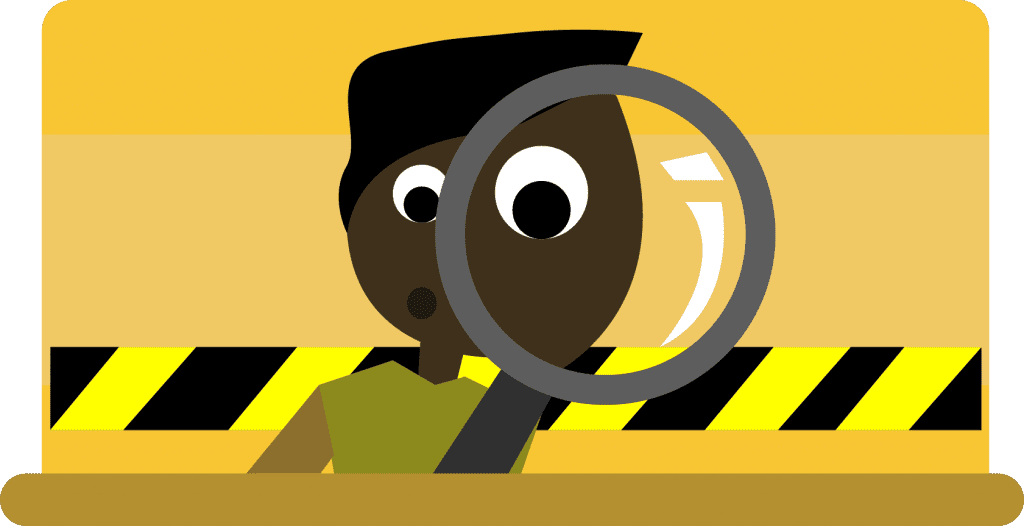Open educational resources (OERs) are those that are “freely available to the public, both technically and legally, to use and redistribute without limitation” (U.S. Dept. of Education Office of Educational Technology, 2017). OERs are:
Public – available to all to no cost.
Accessible – available in a machine-readable format that is non-exclusive and usable without restriction.
Remixable – available under an open license that allows others to use, share, and add to data without permissions.
(adapted from U.S. Dept. of Education Office of Educational Technology, 2017)
Examples of OERs can include videos, images, MOOCs, simulations, lesson plans, worksheets, and many others – essentially any online resource that is free for anyone to use, reuse, and/or adapt without permission.
“Openly licensed educational resources can increase equity by providing all students, regardless of zip code, access to high quality learning materials that have the most up-to-date and relevant content” (King, 2015). To capitalize upon the power of OERs, the US Department of Education launched their #GoOpen campaign, in which districts around the nation are being encouraged and supported in their endeavors to adopt open resources. The use of openly licensed materials benefit schools in many ways, such as:
Increasing Equity – OERs provide all students with access to high quality learning materials. Because open materials can be freely accessed by anyone, anywhere, all students are equipped with the most up-to-date and relevant content regardless of the districts’ financial status. In using OERs, the latest and greatest educational materials are open to all students, not just those at elite schools with abundant budgets.
Maintaining Relevance of Content – Information is ubiquitous and constantly changing. Because they are unable to be continuously and infinitely revised, traditional textbooks are instantly outdated the second they come off the press. Openly licensed educational resources allows educators to use, share, and add to data without restriction nor permissions, maintaining consistent and perpetual quality and relevance of the materials.
Personalization – Because OERs are free from copyright restrictions, educators are empowered to to use, share, and adapt learning materials to the individual needs of their learners, resulting in truly personalized learning. One size does not fit all, especially within the domains of education. OERs enable teachers to use existing resources to devise powerful learning experiences that are perfectly suited to the talents, interests, and abilities of their own unique students.
Saving Money – Traditional textbooks must be replaced every few years, particularly in STEM subjects, causing a tremendous outpouring of time and money. OERs themselves are free, and the need to replace textbooks is eradicated. This double savings enables schools to use money that would have been spent on textbooks towards more pressing needs.
The US Dept. of Education Office of Educational Technology website has a host of resources for those looking to learn more about the use of OERs in schools, including profiles of districts that have successfully implemented open resources, a district launch packet, and links to open data sets.
START HERE! Top Three Open Educational Resource Databases
Ready to try OERs? When first starting out, I recommend beginning your search within OER databases to give you an idea of the types of materials that exist, all in a centralized location. Here are my top three recommendations of where to start:
CK-12: Make CK-12 the first step of your OER journey. With this beautifully organized site you can search a vast array of resources by grade, standard, topic, resource type, and so much more. Create your own textbooks, and engage your students from individualized teacher and student dashboards.
OER Commons: A massive, no-frills database that is searchable by grade, subject area, and materials type.
Khan Academy offers a set of online tools that help educate students. The organization produces short lessons in the form of videos. Its website also includes supplementary practice exercises and materials for educators.
Do you have a favorite OER resource, or tips to share on using technology in the classroom? Share it in the comments!

